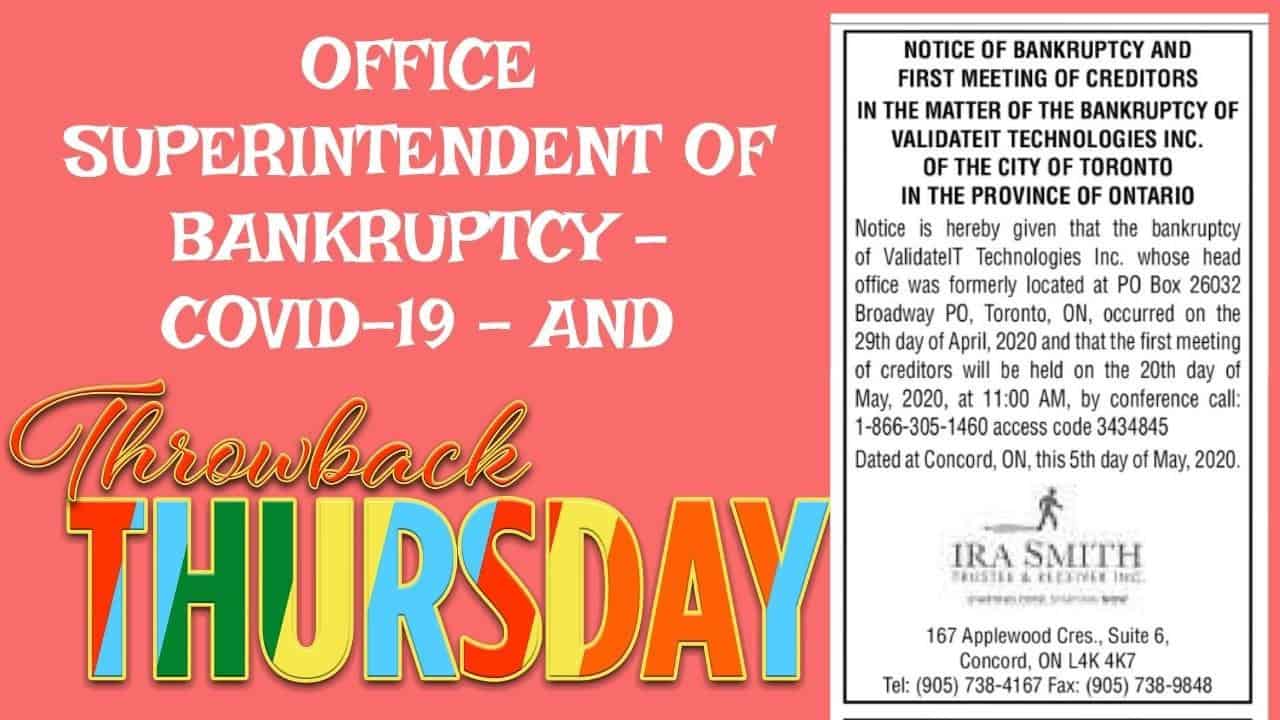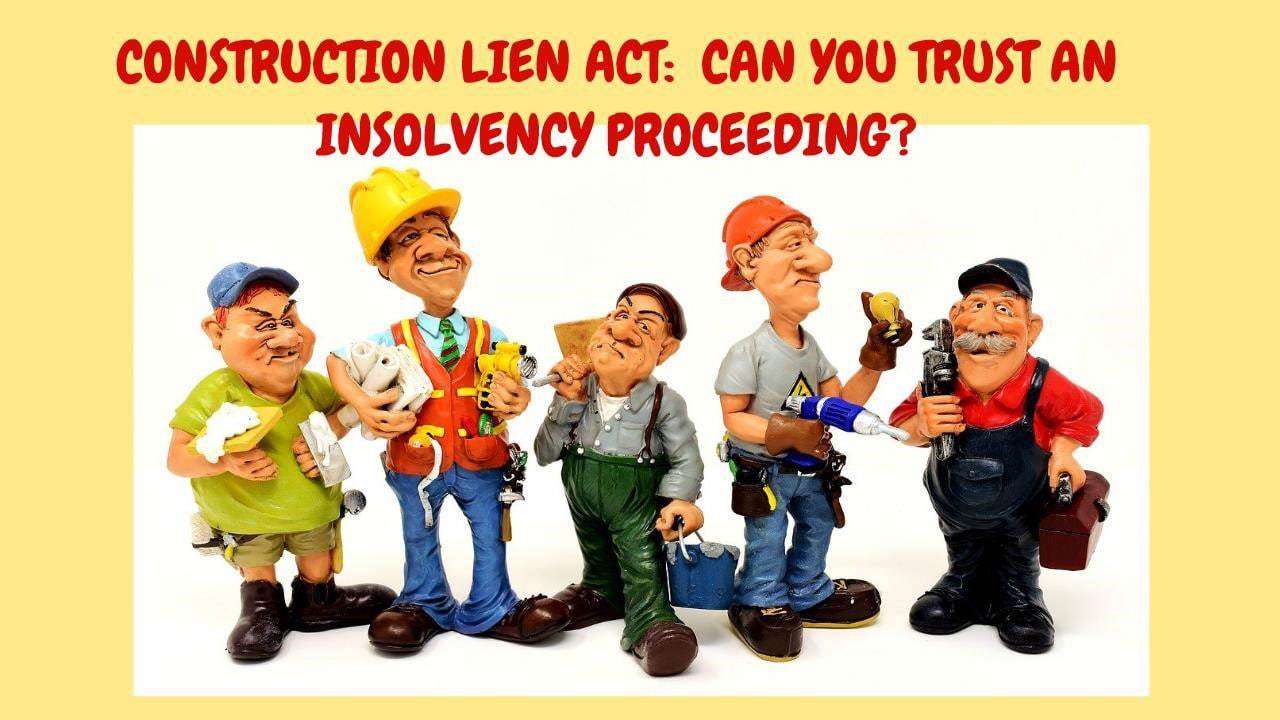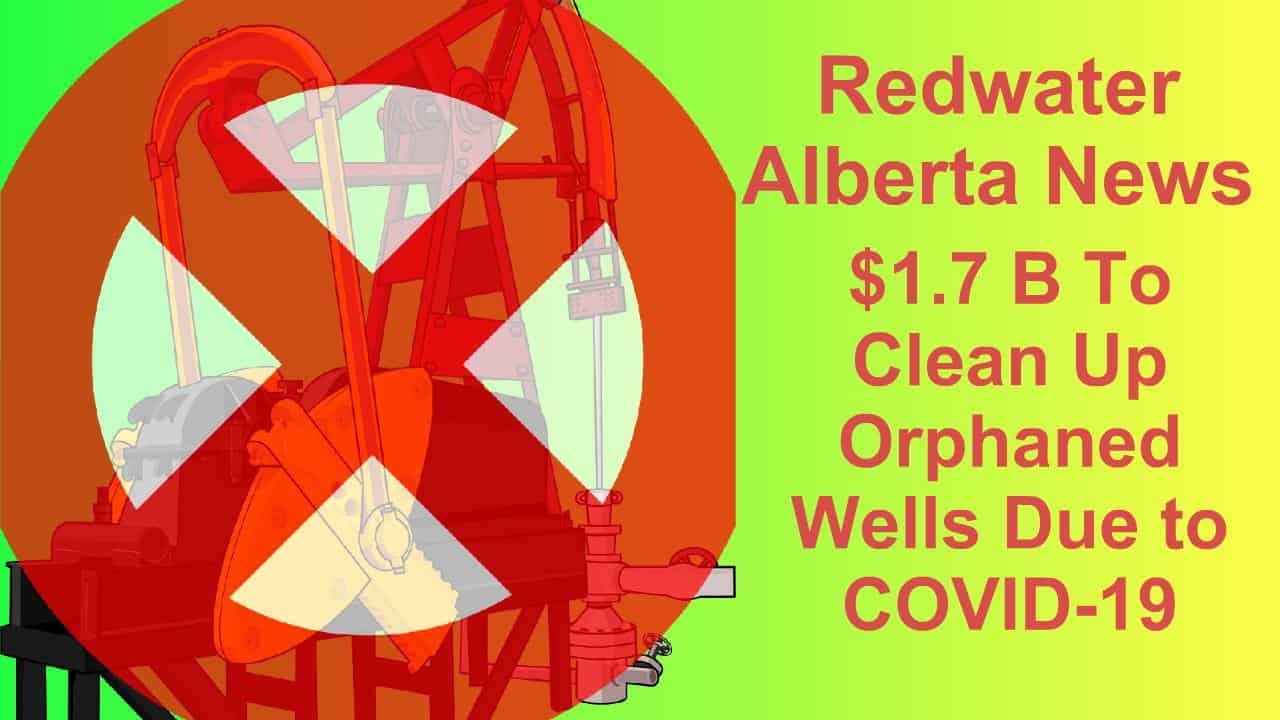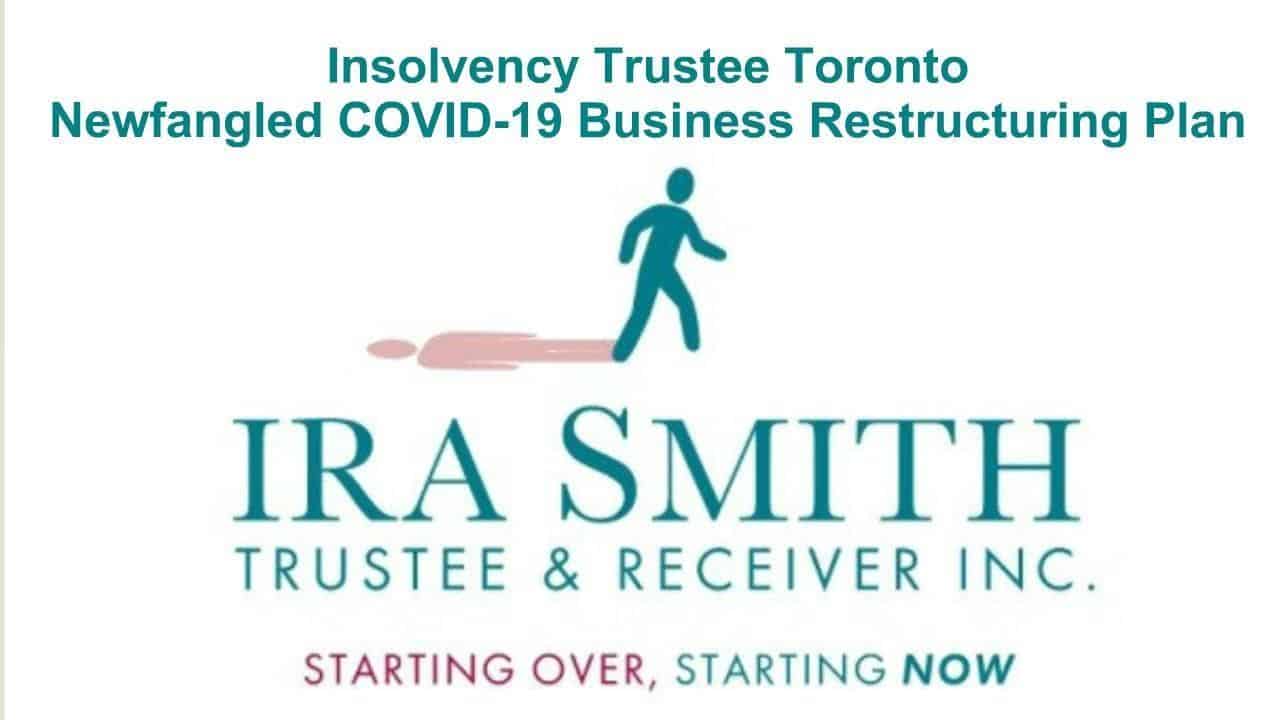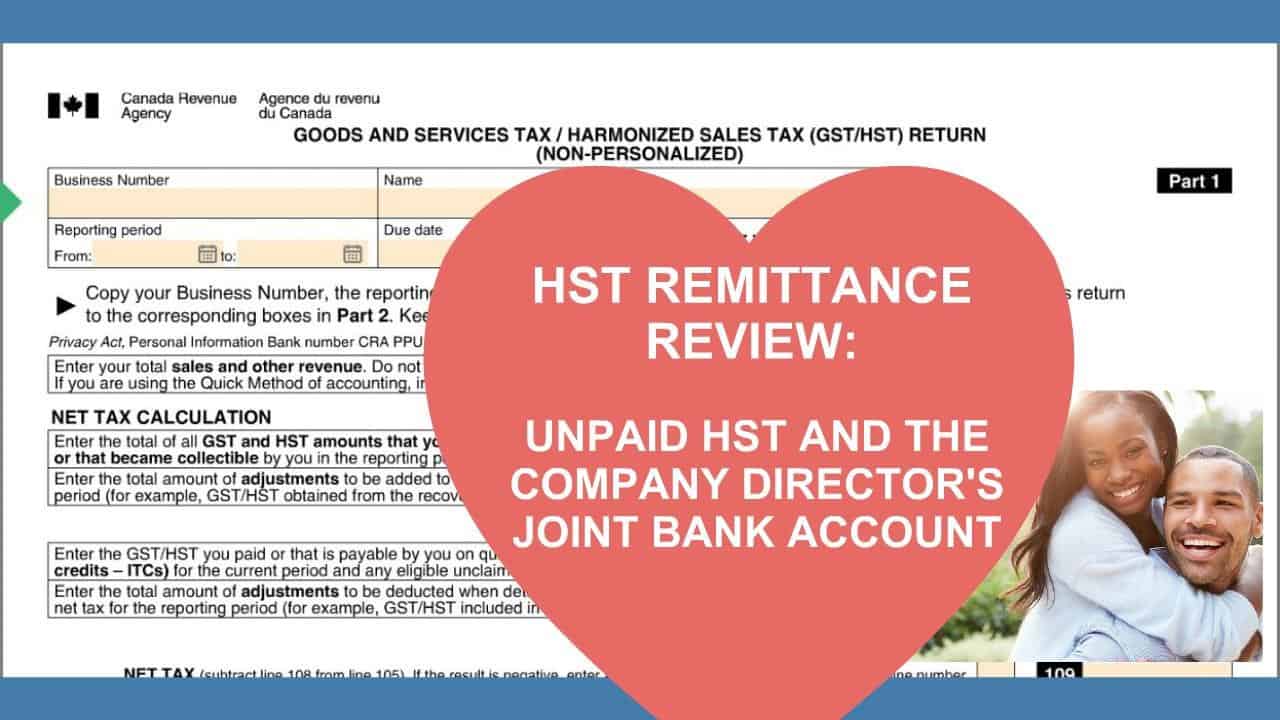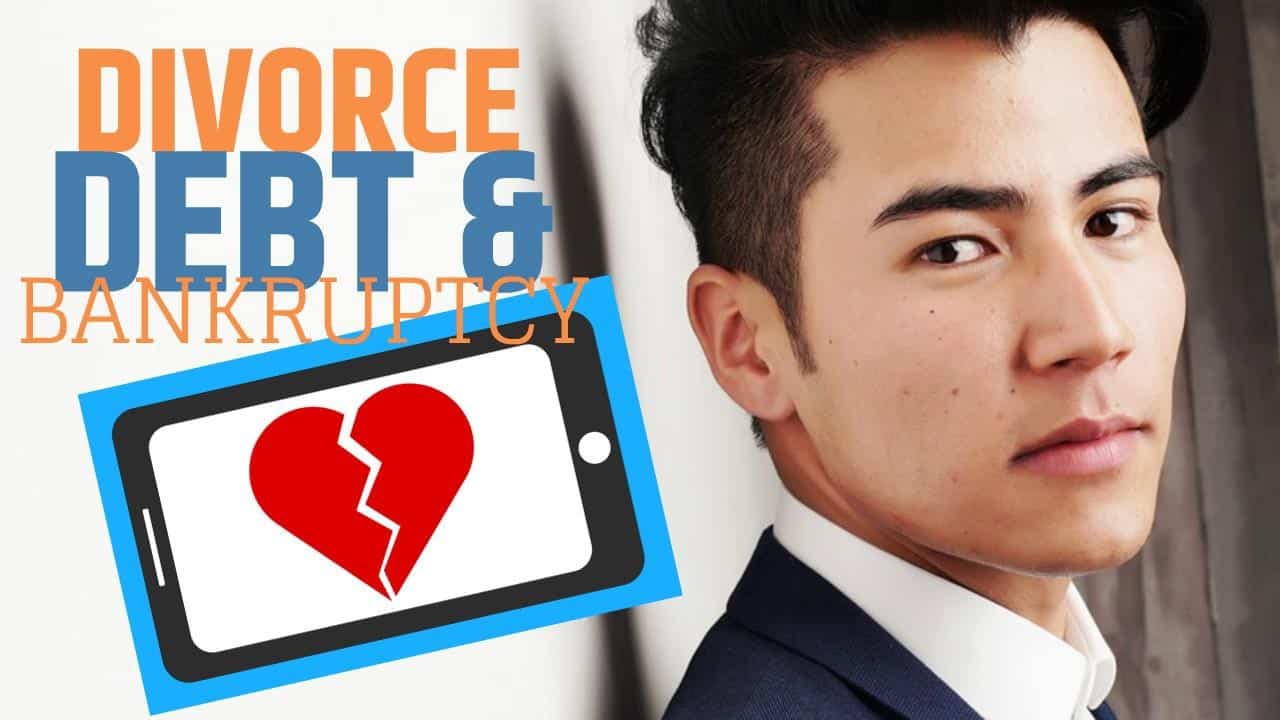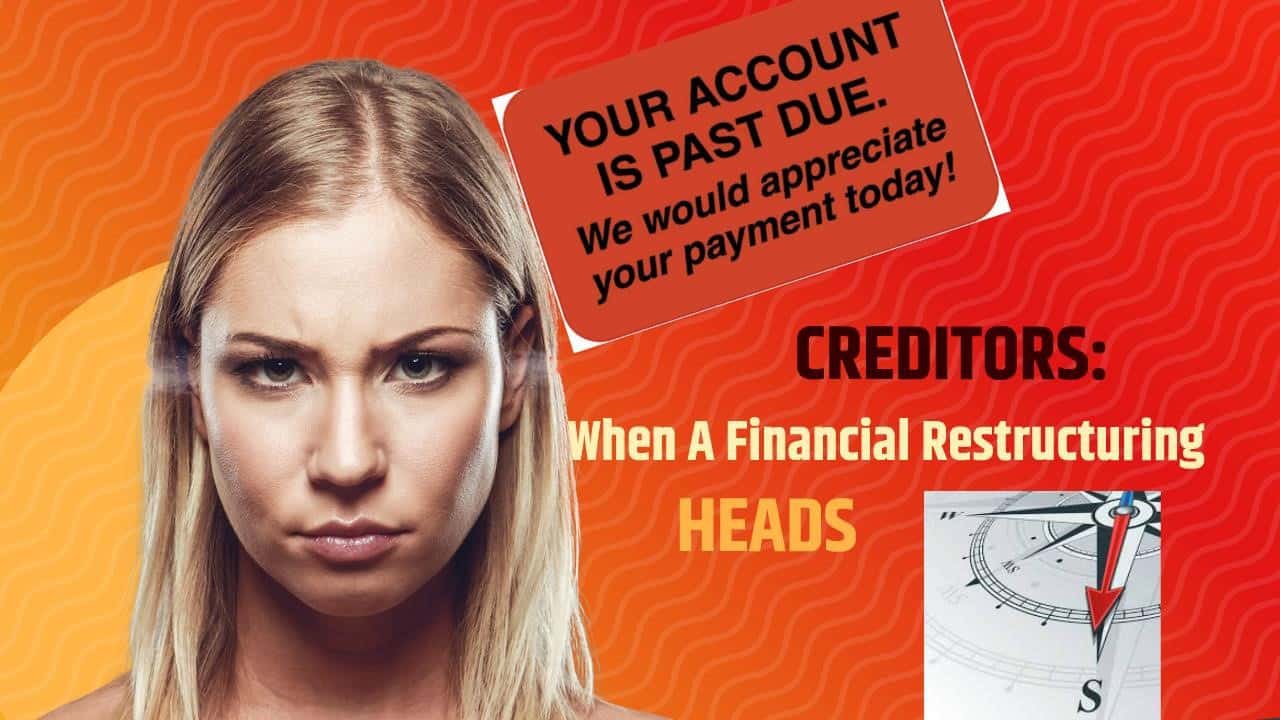
If you would prefer to listen to the audio version of this Brandon’s Blog, please scroll to the bottom and click on the podcast.
The Ira Smith Team is absolutely operational and Ira, in addition to Brandon Smith, is readily available for a telephone consultation or video meeting.
Introduction
Quadriga CX (Quadriga, QuadrigaCX or Quadriga CX) was a subsidiary of Quadriga Fintech Solutions Corp. (Fintech). Fintech operated an online cryptocurrency exchange system where parties interested in acquiring, offering or trading numerous cryptocurrencies were able to complete such purchases on the QCX System.
In this Brandon’s Blog, I explain how the QuadrigaCX financial scandal can be used as an important lesson to aid in our financial literacy.
The Quadriga CX demise
Quadriga was experiencing a liquidity crisis as well as having been incapable to honour withdrawal requests from individuals. Furthermore, Quadriga had not been able to find a substantial amount of cryptocurrency upon the death of QuadrigaCX founder and CEO, Gerald William Cotten.
As a result of the liquidity situation combined with missing cash and cryptocurrency, Fintech and related companies made a decision to call a time out by filing for bankruptcy protection and hope for business restructuring on February 5, 2019, under the Companies’ Creditors Arrangement Act( Canada) (CCAA).
By April 11, 2019, it was obvious that there was no possibility of restructuring. On that date, the Court made a Termination and Bankruptcy Assignment Order was made by the court confirming the process through which the Quadriga CX CCAA procedure would terminate and shift to a corporate bankruptcy under the Bankruptcy and Insolvency Act (Canada) (BIA).
QuadrigaCX 2020 update
The demise of the cryptocurrency trading system QuadrigaCX arises from a fraudulent scam by Gerald Cotten. Clients delegated their assets to Quadriga, which supplied fraudulent guarantees that those properties would be protected. In truth, Mr. Cotten invested, traded and made use of those properties as he pleased. Running with no proper system of oversight or interior controls, he had the ability to misuse those assets, uncontrolled and undiscovered, eventually bringing down the entire trading exchange.
On January 14, 2019, Quadriga CX announced that Mr. Cotten had passed away in India the previous month. With the Quadriga CX CEO death, he could not continue to manipulate the Quadriga CX platform and hide his fraud. The entire business operation imploded as described above.
It turns out that over 76,000 Quadriga CX customers were owed a combined $215 million. About 40 percent of the clients were from the province of Ontario. The bankruptcy trustee recovered $46 million in assets for distribution to unsecured creditors. The people that relied on QuadrigaCX collectively lost at least $169 million.
The Ontario Securities Commission investigation into the Quadriga CX demise
The staff of the Ontario Securities Commission (OSC) carried out an evaluation of the QuadrigaCX business operations to establish how the system was run, what created its collapse, and where the money went. Over a period of approximately ten months, a multi-disciplinary team of OSC Enforcement Branch staff analyzed trading and blockchain information, interviewed key witnesses and worked together with many regulatory bodies.
Most of the $169 million shortfall arose from Mr. Cotten’s fraudulent conduct. It has been widely guessed that the bulk of the losses arose from crypto properties ending up being lost or hard to reach as a result of Mr. Cotten’s death. The OSC found that most of the $169 million shortage arises from Mr. Cotten’s deceitful conduct.
The OSC report states that the bulk of the loss– about $115 million– occurred from Mr. Cotten’s illegal trading on the QuadrigaCX platform. He opened up Quadriga CX accounts under pen names and attributed himself with phony Quadriga cryptocurrency balances which he traded without knowledge by unwary Quadriga CX customers. He incurred losses when the price of the cryptocurrency would change, thus producing a deficiency in the assets needed to satisfy customer withdrawals. Mr. Cotten covered this deficiency with other customers’ deposits. This indicated that Quadriga CX, a state of the art new technology operated an old-time Ponzi scheme.
It is reported that Mr. Cotten lost an additional $28 million while trading customer deposits on three external cryptocurrency trading systems without permission from, or disclosure to, clients. He also misappropriated millions to fund his and his wife’s, Jennifer Robertson, way of living. In its final months, Quadriga CX had virtually no balances left and was running like a revolving door– brand-new customer deposits were quickly re-routed to money needed for Quadrigacx withdrawals.
In summary form, the OSC described the losses as:
- $115 million trading losses sustained by Mr. Cotten on the Quadriga CX platform.
- $46 million assets recovered or identified by the licensed insolvency trustee (formerly called a bankruptcy trustee).
- $28 million trading losses sustained on external platforms.
- $23 million which could not be accounted for because of the poor state of the Quadriga CX books and records.
- $2 million of client funds misappropriated for living and travel expenses.
- $1 million estimated operating loss.
What the Quadriga CX scandal can teach us for improving our financial literacy
- In Canada, lots of crypto property trading systems are not registered. They have taken the view that they do not need to sign up with regulatory authorities. This is an essential message to users and possible users of these platforms. So we need to keep in mind that there may be no regulatory oversight at all on these cryptocurrency trading platforms.
- Cryptocurrency trading and the trading platforms are risky. Trading in crypto assets carries threats. Many platforms preserve safekeeping and control of their clients’ crypto assets. Clients just have ordinary unsecured claims against the platform for their assets. Clients are relying upon the solvency and stability of the system operators. Crypto asset trading systems might not operate transparently. Clients might have restricted or no details regarding how the platform is protecting and managing their assets.
- Cryptocurrency system clients ought to perform due diligence and look out for signs of fraud. Anyone considering delegating their assets to a crypto asset trading platform should take action to learn more about the platform’s operations and approach to control the risk of monitoring. I recognize that this may not be feasible with the present degree of disclosure supplied by some systems. Cryptocurrency trading platforms are a bit of a black box that ordinary people do not really understand.
- If cryptocurrency trading platforms were required to sign up with the provincial regulatory authority, perhaps there would be some oversight and protection for consumers.
- Platforms need to make sure that they have systems as well as controls in a position to take care of risks. Having an internal control system to take care of risks, including those pertaining to business protection, vital employees and compliance with regulations is an important step for consumer confidence. The trading platforms should be able to describe the systems used to protect client assets. That way the public at least has a chance of being able to properly evaluate between different systems.
- Systems should reveal key details to customers. Supplying clients with exact details regarding crucial aspects of their operations – such as asset wardship and storage techniques, charges, reported volumes, system protection actions and internal controls will help with educated decisions by investors and also advertise capitalist confidence in the platform.
Summary
The Ira Smith Team family hopes that you and your family members are remaining secure, healthy and well-balanced. Our hearts go out to every person that has been affected either via misfortune or inconvenience.
I hope you have found this Quadriga CX scandal Brandon’s Blog helpful. Cryptocurrency trading is still in the realm of the Wild West. Further work must be done before crypt currency can be widely used as a cash replacement. There are many financial literacy lessons we can garner from the Quadriga CX story. Even if Mr. Cotten had lived, the Ponzi scheme could only have been kept afloat for a finite time period before it would implode.
We all must help each other to stop the spread of the coronavirus. Social distancing and self-quarantining are sacrifices that are not optional. Families are literally separated from each other. We look forward to the time when life can return to something near to typical and we can all be together once again.
Ira Smith Trustee & Receiver Inc. has constantly used clean, safe and secure ways in our professional firm and we continue to do so.
Income, revenue and cash flow shortages are critical issues facing entrepreneurs, their companies and individual Canadians. This is especially true these days.
If anyone needs our assistance for debt relief Canada COVID, or you just need some answers for questions that are bothering you, feel confident that Ira or Brandon can still assist you. Telephone consultations and/or virtual conferences are readily available for anyone feeling the need to discuss their personal or company situation.
The Ira Smith Team is absolutely operational and Ira, in addition to Brandon Smith, is readily available for a telephone consultation or video meeting.
[monkeytools msnip=”https://monkeyplayr.com/playr.php?u=5173&p=22290″]


